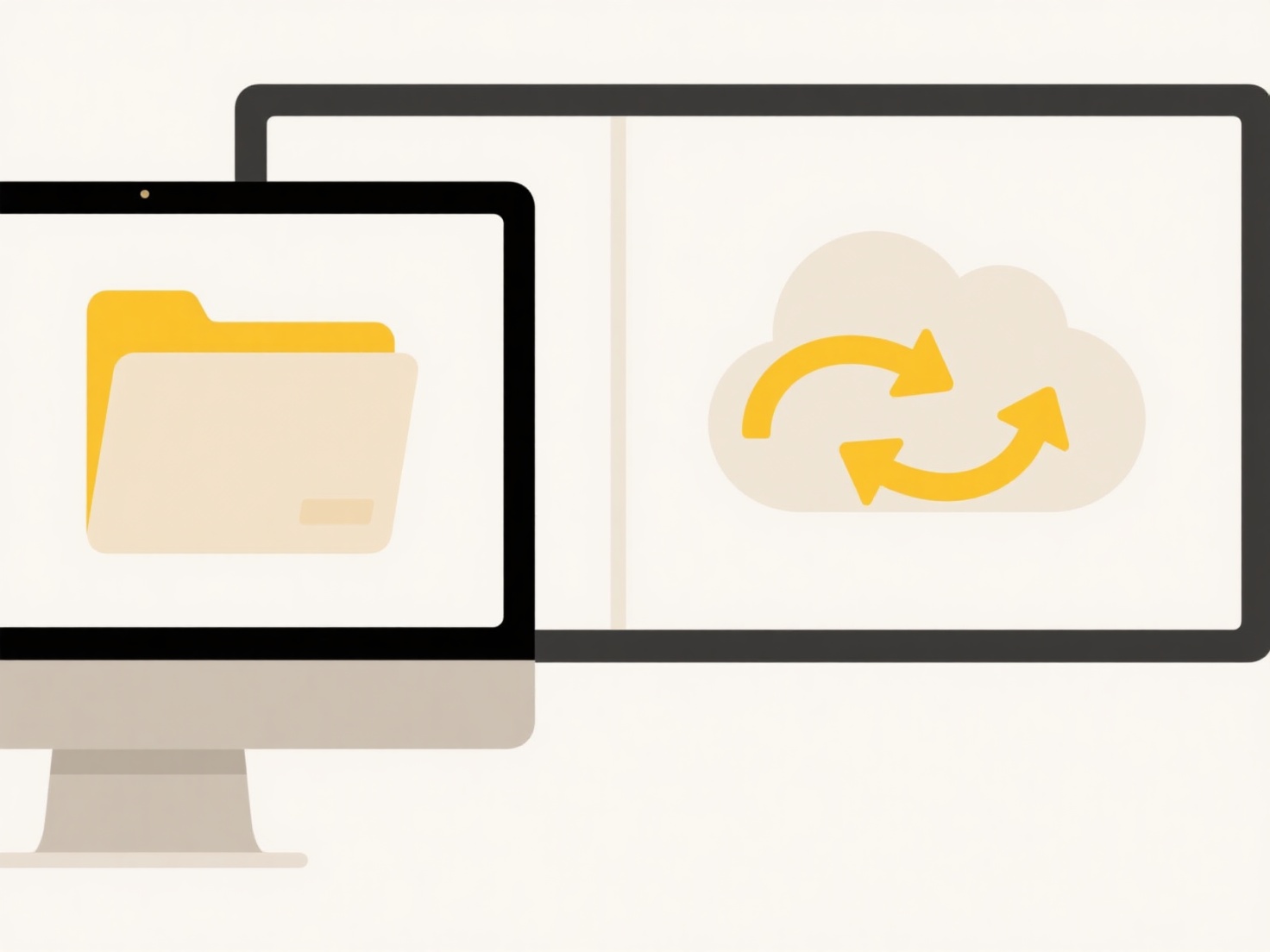
Employee offboarding access revocation refers to the security process of systematically terminating a former worker's permissions to company systems, data, and facilities once their employment ends. This differs from regular permission updates, as it involves a complete and urgent removal of all access rights to mitigate risks like data theft, sabotage, or accidental misuse by someone no longer authorized. The goal is to sever all digital and physical entry points simultaneously upon departure.
This process is implemented across various platforms and tools. For instance, immediately disabling their corporate email account and Single Sign-On (SSO) ensures they can't access internal communication or applications like SharePoint or project management systems. Simultaneously, physical access badges are deactivated for offices, and specific credentials for sensitive systems like payroll software (e.g., ADP, Workday) or customer databases (e.g., Salesforce) are revoked to protect financial and personal data. Industries handling personal information, finance, or intellectual property prioritize this.

Prompt and thorough revocation significantly enhances security by closing major vulnerability points and ensures compliance with regulations like GDPR or HIPAA. Key challenges include maintaining comprehensive access inventories and coordinating between IT, HR, and physical security teams for timely action. Ethically and legally, it protects both the organization and the departing employee's information while upholding confidentiality. Future developments focus on automated de-provisioning workflows triggered by HR systems and privileged access management (PAM) for stricter control.
How do I revoke access when an employee leaves?
Employee offboarding access revocation refers to the security process of systematically terminating a former worker's permissions to company systems, data, and facilities once their employment ends. This differs from regular permission updates, as it involves a complete and urgent removal of all access rights to mitigate risks like data theft, sabotage, or accidental misuse by someone no longer authorized. The goal is to sever all digital and physical entry points simultaneously upon departure.
This process is implemented across various platforms and tools. For instance, immediately disabling their corporate email account and Single Sign-On (SSO) ensures they can't access internal communication or applications like SharePoint or project management systems. Simultaneously, physical access badges are deactivated for offices, and specific credentials for sensitive systems like payroll software (e.g., ADP, Workday) or customer databases (e.g., Salesforce) are revoked to protect financial and personal data. Industries handling personal information, finance, or intellectual property prioritize this.

Prompt and thorough revocation significantly enhances security by closing major vulnerability points and ensures compliance with regulations like GDPR or HIPAA. Key challenges include maintaining comprehensive access inventories and coordinating between IT, HR, and physical security teams for timely action. Ethically and legally, it protects both the organization and the departing employee's information while upholding confidentiality. Future developments focus on automated de-provisioning workflows triggered by HR systems and privileged access management (PAM) for stricter control.
Quick Article Links
Can I normalize file names from different sources?
File normalization standardizes file names from various sources into a consistent format. It involves removing or replac...
What format works best for viewing on mobile?
Responsive Web Design (RWD) works best for viewing content on mobile devices. This approach uses flexible layouts, image...
Can I create a desktop shortcut for a specific search query?
A desktop shortcut for a specific search query acts like a saved bookmark that triggers an immediate web search using pr...